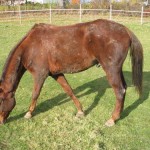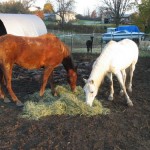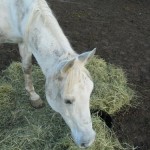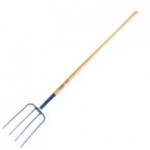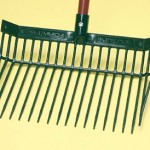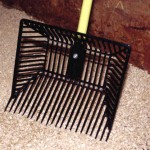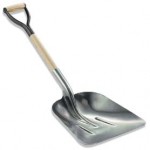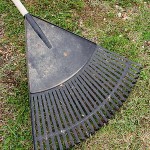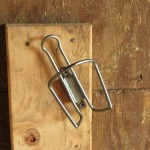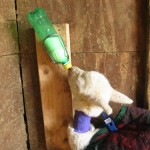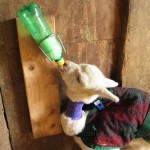Most of us have seen the Mike Rowe Dirty Jobs video of alpaca ranching. There’s shearing, poop clean up, spitting, breeding, birthing, teeth filing, injections, toenail clipping and general farm care. To say the least investing in alpacas is a messy business …. Or is it?
Did you know you can invest in alpacas without ever having to wear muck boots or pick up a shovel? Or put off that large initial investment in a farm while realizing your dream of alpaca ownership? Agisting or Boarding Alpacas at Dutch Hollow Acres allows you realize most of the benefits of alpaca ownership without the cost of establishing a farm or consuming your time to run it. There are 2 types of agisting investors; Active and Passive.
Active:
These investors want to be part of their alpacas life and their care. Most of these folks plan on having a farm in the future but do not currently own one or live close enough to the agisting farm where they can be part of the alpaca lifestyle. Active investors take part in important decisions of their investment from showing, breeding, marketing, selling under their own business/farm name. Active agisting allows the investor to be seen as an active breeder by the IRS and entitles them to all related tax deductions. These deductions (including the purchase of initial livestock) can be healthy sized offsets to other forms of income.
Passive:
The passive investor is the type of person who sees alpacas solely as an investment animal and do not plan on taking part in any of the day to day care or decisions. The aigsting farm makes all or most of the investment decisions such as breeding and marking of the animals. The IRS allows this type of investor to only take deductions against any income earned from your alpaca investment.
What do boarding fees cover?
Dutch Hollow Acres board covers all of the general care and maintenance of the alpaca which includes: Grain, hay, water, de-worming, and toenail clipping. Additional services such as sheering, teeth filing, breeding, birthing, marketing, brokering, etc are covered by the owner.
2009 Tax Deductions:
The IRS still has a great option under section 179 to deduct up to $133,000 of your initial alpaca purchase on your 2009 return. Assuming a $25,000 initial investment, return on investment could be…. $3,750 for 15% tax bracket, $6,250 for 25% tax bracket, $8,250 for 33% tax bracket, or $11,250 for 45% tax bracket. If you make your alpaca purchase late 2009 and file your tax return early 2010 you could see a sizeable tax return right away! The IRS will let you fully deduct the purchase price of your alpacas even if you only put 25% down and are financing the rest.
Active investors can take even more deductions such as mileage in their return. See your tax accountant for details. It’s advisable to get an accountant who has experience with alpacas.
Initial investment:
Most alpaca investors plan on running their own farm some day and have been holding off on the idea of investing in alpacas until they can care for them. In actuality it’s cheaper to agist your initial investment and take advantage of Section 179 tax deductions now than waiting another 5 years. The typical alpaca investment includes 2 females. 1 Bred female and 1 juvenile female to keep investment costs more tangible. Assuming a 50/50 male to female ratio and 80% live birth your initial 2 female purchase can grow to a herd of 12 in 5 years (7girls, 5 boys). Assuming you don’t sell anyone off the herd could grow to 50 in 10 years!
General 1st Year Cost Analysis:
|
|
Farm Ownership
|
Agisting
|
|
2 Females
|
$25,000
|
$25,000
|
|
Farm Startup, Barns, fences, etc
|
$100,000
|
0
|
|
Equipment – tractors, implements, etc.
|
$30,000
|
0
|
|
Hay, Grain, Water
|
$300
|
0
|
|
Vet & Misc.
|
$1,200
|
$1,200
|
|
Insurance (theft, accidental death, major health)
|
$813
|
$813
|
|
Board
|
0
|
$1,825
|
|
Total
|
$157,313
|
$28,838
|
By boarding your initial herd, you can save the money you would have invested in farm start up costs and reinvest in more females or higher quality studs and grow your herd faster. After 5 years the sale of your alpacas can be used to purchase your new farm! The purchase of that farm can also be used to offset the income made on the sale of those same alpacas.
Guaranteed Return on Investment:
There are many variables that come into play with alpaca ownership that can affect profitability and as with any investment there is no guarantee on return. Often the amount of effort you put into your investment is related to the amount of profit realized from it. As a general rule bred female offspring will sell for as much as you paid for the dam. Our other income sources come from the sale of fiber quality/pet males, stud fees, boarding, marketing/brokering fees, and sale of raw fiber or finished alpaca products in our farm store.
The majority of alpaca investors raise and breed alpaca’s full time within 3-5 years. Currently my husband and I choose to still hold our “day jobs” as well as manage our farm. We find that the care of alpacas is much less than other types of livestock and allows us to comfortably do both.
To learn more feel free to ask us any questions or schedule a farm visit.
Dutch Hollow Acres
Lindsay@lklik.com
585-991-6706

